
The world of animation and visual effects (VFX) is ever evolving, bringing new career opportunities to the forefront. As technology advances and storytelling becomes more immersive, the demand for skilled professionals in these fields continues to grow. This article delves into the various career paths within animation and VFX, the emerging roles, and the promising opportunities that await aspiring artists and technicians. Additionally, we will highlight how RSFI Institute can help you navigate this dynamic industry with their specialized courses.
| Introduction |
|---|
| The Evolution of Animation and VFX |
| Key Roles in Animation |
| Key Roles in VFX |
| Emerging Roles in Animation and VFX |
| Opportunities in Animation and VFX |
| RSFI Institute: Your Gateway to Success in Animation and VFX |
| Animation and VFX Courses |
| The Future of Animation and VFX |
| Why Choose RSFI Institute? |
| Emerging Trends in Animation and VFX |
| RSFI Institute's Approach to Education |
| Building a Successful Career in Animation and VFX |
| FAQs |
| Conclusion |
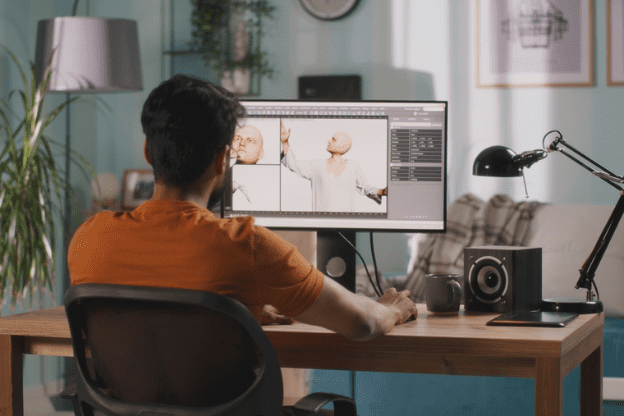
Animation and VFX have transcended beyond just the entertainment industry. From video games and movies to marketing and education, these fields have become integral to various sectors. As the boundaries of creativity and technology continue to expand, so do the career possibilities. Whether you are a budding animator or a seasoned VFX artist, understanding the emerging roles and opportunities in this field is crucial for your professional growth.
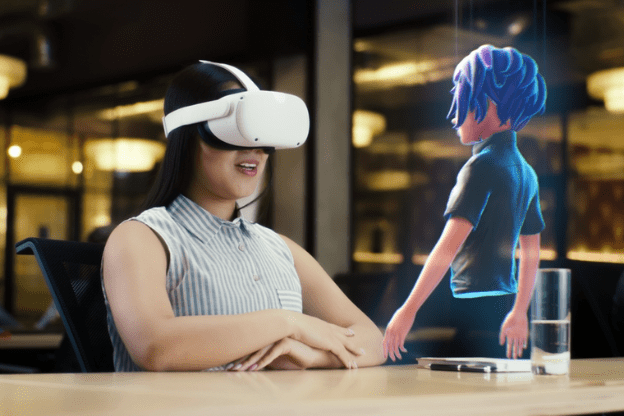
The journey of animation and VFX has been nothing short of revolutionary. What started as simple hand-drawn sketches has transformed into complex computer-generated imagery (CGI) that can create entire worlds. The integration of artificial intelligence (AI), augmented reality (AR), and virtual reality (VR) has further pushed the boundaries, making animations more lifelike and VFX more seamless. This evolution has opened a myriad of new roles and opportunities for those equipped with the right skills and knowledge.
Read About: : Best Animation and VFX Courses for Career Advancement - RSFI Institute
Character animators bring characters to life through movement and expression. They work closely with storyboards and directors to ensure that characters' actions and emotions are portrayed accurately. This role requires a keen understanding of human anatomy, motion, and the ability to convey emotion through subtle gestures.
Storyboard artists create visual representations of the script, mapping out the sequence of events in a story. This role is crucial for planning the flow of the animation and ensuring that the narrative is cohesive. Storyboard artists need strong drawing skills and an understanding of cinematography.
3D modelers build the virtual models used in animations and VFX. They create everything from characters and environments to props and vehicles. Proficiency in software like Maya, Blender, and ZBrush is essential for this role.
Texture artists add detail and realism to 3D models by creating textures that simulate various materials like skin, fabric, and metal. They need to have a good eye for detail and a strong understanding of color theory and material properties.
Rigging artists develop the skeletons and control systems that animators use to manipulate 3D models. This role requires a deep understanding of anatomy and mechanics to ensure that models move naturally.
VFX supervisors oversee the entire visual effects process, ensuring that the director's vision is brought to life. They coordinate with various departments and manage the workflow to meet deadlines and maintain quality.
Compositors combine multiple visual elements to create the final image. This can involve integrating live-action footage with CGI, adjusting colors, and ensuring that all elements blend seamlessly. Proficiency in software like Nuke and After Effects is crucial.
Matte painters create detailed background images that are often combined with live-action footage or CGI. They need strong painting skills and an understanding of perspective and lighting.
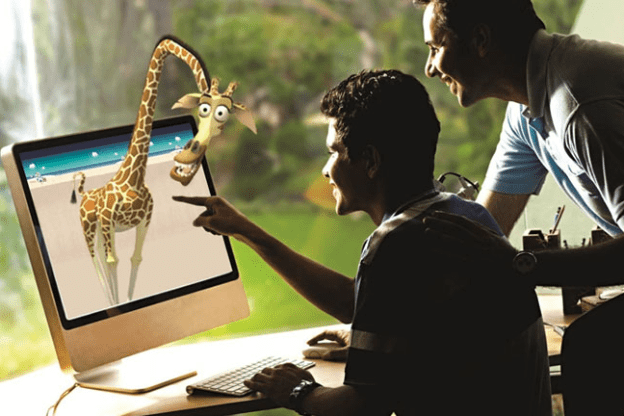
As technology advances, new roles continue to emerge in the animation and VFX industries. Some of the most exciting emerging roles include:
With the rise of virtual and augmented reality, there is a growing demand for developers who can create immersive experiences. This role involves designing interactive environments and experiences using VR/AR technology.
AI is becoming increasingly integrated into animation, with AI animators using machine learning algorithms to create realistic animations more efficiently. This role requires knowledge of both animation and AI technologies.
Technical artists act as a bridge between artists and programmers, ensuring that the artistic vision is realized within the technical constraints of the software. They need a strong understanding of both art and programming.
Virtual production artists work on sets that combine live-action footage with digital elements in real-time. This role involves a mix of traditional filmmaking and advanced CGI techniques.
Read About: Revolutionizing Filmmaking: How AI is Changing the Movie Industry
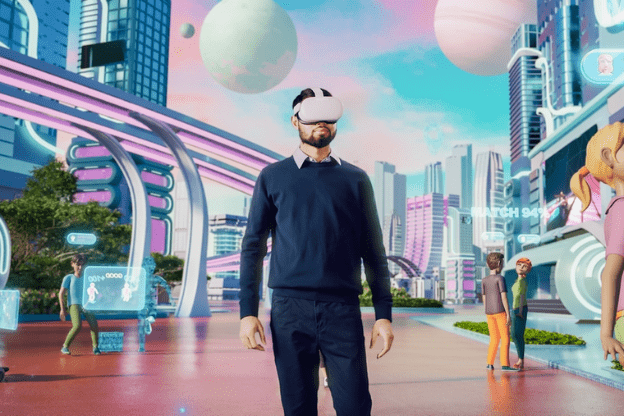
The animation and VFX industries offer numerous opportunities across various sectors. Some of the key areas include:
The film and television industry remains one of the largest employers of animators and VFX artists. With the rise of streaming services, there is an increasing demand for high-quality content, leading to more job opportunities.
The gaming industry is another major employer, with roles ranging from character design to environment creation. As games become more visually sophisticated, the demand for skilled artists continues to grow.
Animation and VFX are extensively used in advertising and marketing to create engaging and visually appealing content. This sector offers opportunities for creative professionals to work on a variety of projects.
Educational institutions and training programs are increasingly using animation and VFX to create interactive learning materials. This sector offers opportunities for animators and VFX artists to work on educational content.
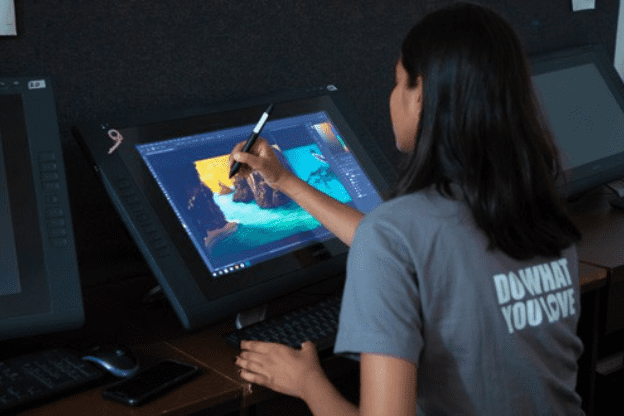
The RSFI Institute offers comprehensive courses in animation and VFX, designed to equip students with the skills and knowledge required to excel in these fields. With state-of-the-art facilities, experienced faculty, and industry-relevant curriculum, RSFI Institute provides a nurturing environment for aspiring animators and VFX artists. Whether you are looking to start your career or enhance your skills, RSFI Institute has a course tailored to your needs.
Read About: Animated Visions: A Journey Through the World of Animation
RSFI Institute offers a range of courses in animation and VFX, including:
A comprehensive program covering all aspects of animation and VFX, from basic principles to advanced techniques
Focused on 3D modeling, texturing, rigging, and animation using industry-standard software.
In-depth training in visual effects, including compositing, motion capture, and simulation.

The future of animation and VFX is incredibly promising, with technology continuing to push the boundaries of what is possible. As AI, VR, and AR become more integrated into these fields, the possibilities for innovation and creativity are endless. For those passionate about storytelling and technology, a career in animation and VFX offers a world of opportunities.
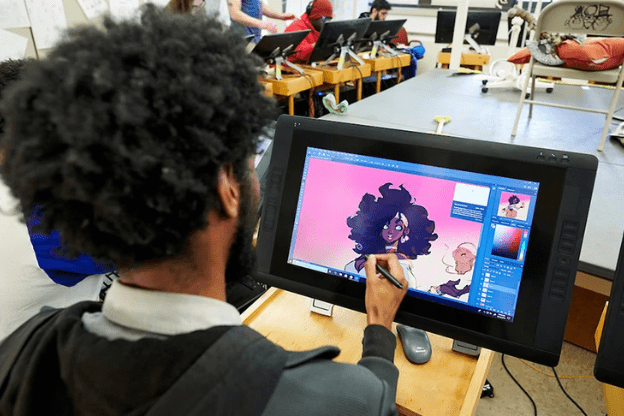
RSFI Institute offers a variety of animation classes, each designed to provide hands-on experience and practical skills. These classes cover.
Fundamentals of Animation
Techniques for bringing characters to life through expressive movement and gestures.
Creating immersive and detailed environments for animation and VFX projects.
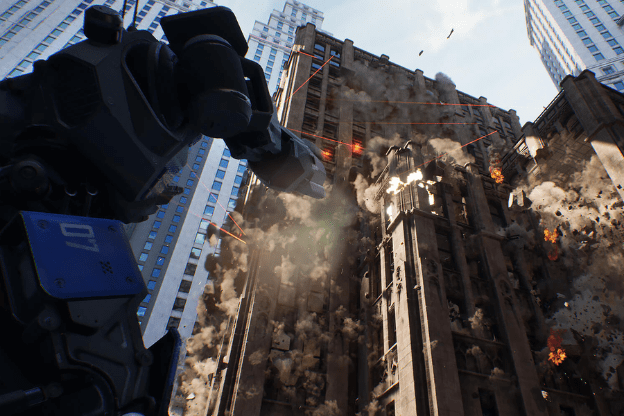
Several emerging trends are shaping the future of animation and VFX. Some of the most notable trends include:
Real-time rendering is revolutionizing the animation and VFX industries by allowing artists to see their work in real-time. This technology is enhancing the efficiency and creativity of production processes.
Virtual production combines live-action footage with CGI in real-time, enabling filmmakers to create complex scenes more efficiently. This trend is transforming the way movies and TV shows are made.
AI and machine learning are being integrated into animation and VFX to automate repetitive tasks and enhance the realism of animations. These technologies are opening up new possibilities for innovation.
The rise of VR and AR is creating new opportunities for immersive storytelling. Animators and VFX artists are exploring ways to create interactive and engaging experiences for audiences.
Key skills include proficiency in animation and VFX software, strong drawing and artistic abilities, an understanding of motion and anatomy, and creativity.
The job outlook is promising, with increasing demand in film, television, gaming, advertising, and other sectors. The rise of VR, AR, and AI is also creating new opportunities.
RSFI Institute offers comprehensive courses, hands-on training, industry-relevant curriculum, and opportunities for internships and placements, providing a solid foundation for a successful career.
Emerging trends include real-time rendering, virtual production, AI and machine learning integration, and the rise of immersive experiences like VR and AR.
A portfolio is crucial as it showcases your skills and creativity to potential employers. It is essential to include a variety of projects that demonstrate your abilities.
A career in animation and VFX offers endless possibilities for those passionate about storytelling and technology. With the right skills and training, you can explore various roles and opportunities in this dynamic field. RSFI Institute provides the education and support needed to succeed in animation and VFX, making it a valuable partner in your professional journey. Whether you are just starting or looking to advance your career, the opportunities in animation and VFX are vast and exciting.